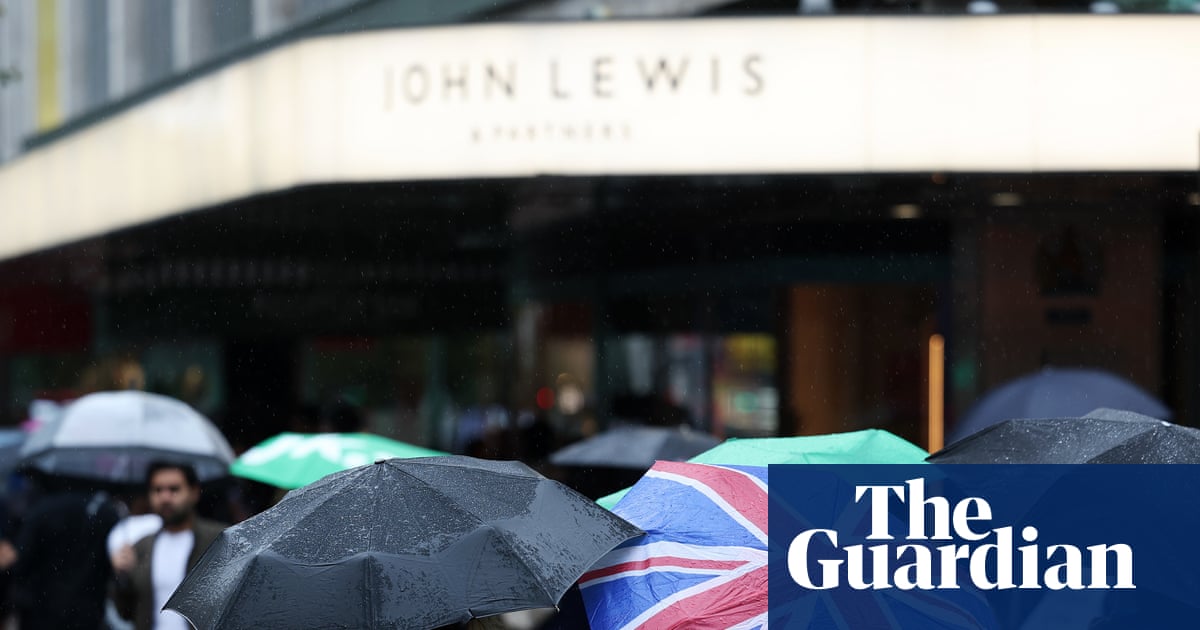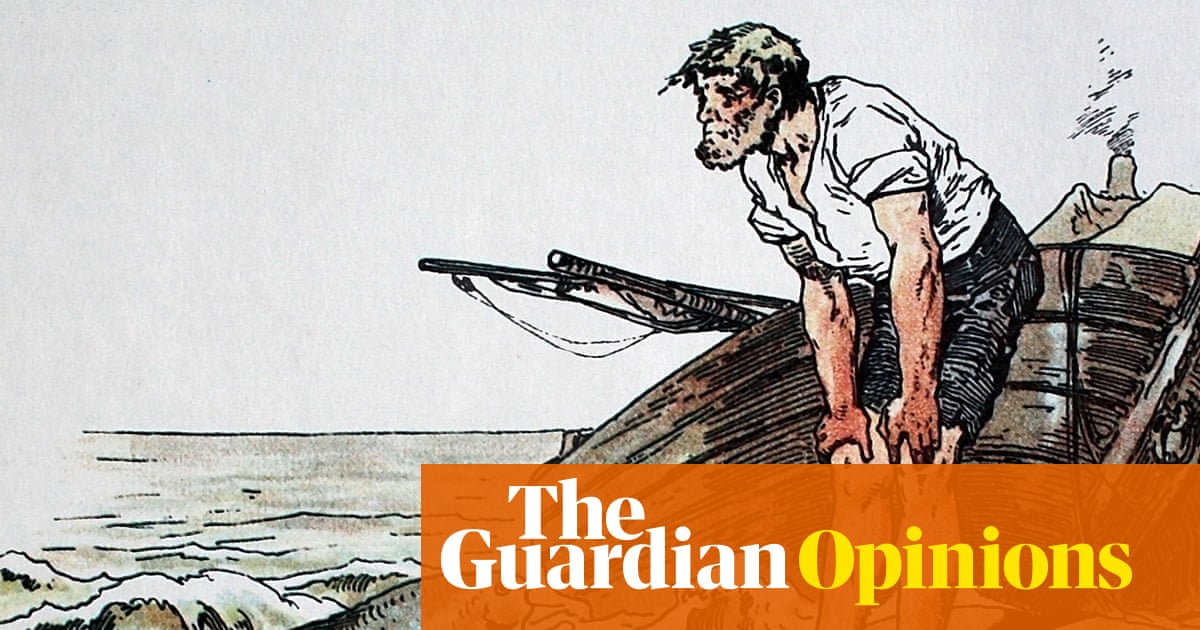It is a tactic worthy of Tom Cruise’s Ethan Hunt: wait until a beeping pedestrian crossing indicates a traffic queue has formed then use the line of cars as cover to reach your target. But this isn’t a scene from Mission: Impossible – it’s the behaviour of a young hawk.
The discovery is not the first time birds have been found to make use of an urban environment. Crows, for example, are known to drop foods such as walnuts on to roads for cars to crush them open.
However, the researcher behind a new study says it is the most advanced case so far of raptors making use of traffic patterns.
“When I figured out what was going on, I was really impressed. I didn’t expect that,” said Vladimir Dinets, a zoologist at the University of Tennessee and author of the study. “On the other hand, every time I study some animal species it proves smarter than I expect.”
Dinets made the discovery during the school run in West Orange, New Jersey, when he spotted a young Cooper’s hawk emerge from a tree near a road junction. The bird flew close to the pavement behind a queue of traffic that had stopped at a red light before crossing the road and taking a dive near one of the houses.
After seeing the behaviour for a second time, Dinets realised the hawk was pouncing on a flock of birds that had gathered in front of a house where a family often ate dinner outdoors.
Writing in the journal Frontiers in Ethology, Dinets describes how he then carried out 12 hours of observations from his car over 18 days during the winter of 2021-22. These were made on weekday mornings and only when the flock was present and there was no rain or snow the day before – weather that would prevent the residents of the house from eating alfresco.
Dinets recorded six attempted attacks by the same hawk, identifiable by its plumage, and on one occasion saw it fly away with a house sparrow in its grip.
He found the hawk only emerged from the tree when a long queue of traffic had built up, offering sufficient cover for its approach – something that depended on the pedestrian crossing being activated.
Dinets also noticed the bird took up its position in the tree when the crossing’s sound signal began, suggesting the hawk used the sound as an indication that a longer traffic queue was to form and that it was time to prepare for attack.
“This behaviour required having a mental map of the area and understanding the connection between the sound signals and the change in traffic pattern – a remarkable intellectual feat for a young bird that likely had just moved into the city,” Dinets writes, noting Cooper’s hawks tend to be winter visitors to urban areas.
after newsletter promotion
The following winter he twice saw an adult hawk, possibly the same bird, hunting in the same way. But the following summer the sound signals stopped working and the residents that ate alfresco moved out of their house. “No hawks were ever observed at the intersection after that,” he wrote.
Dinets added that while it is known social birds such as crows and parrots can be very clever, intelligence in more solitary species is more difficult for humans to recognise and so probably underestimated.
“Cities are extremely dangerous places for wild animals,” he added. “Anything that can survive here must have some special abilities and deserves our respect.”

 3 months ago
110
3 months ago
110

















































